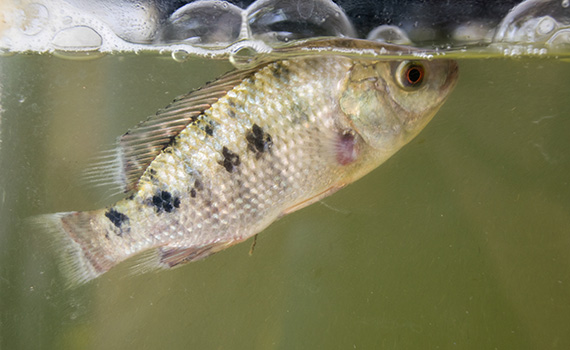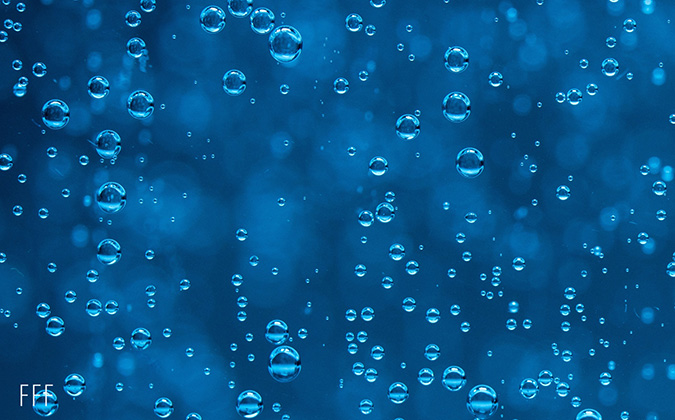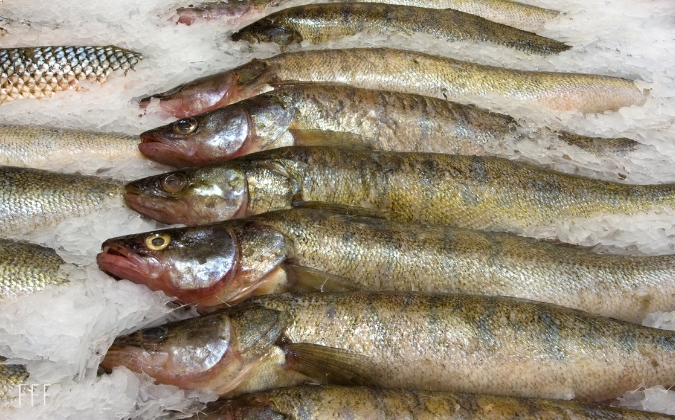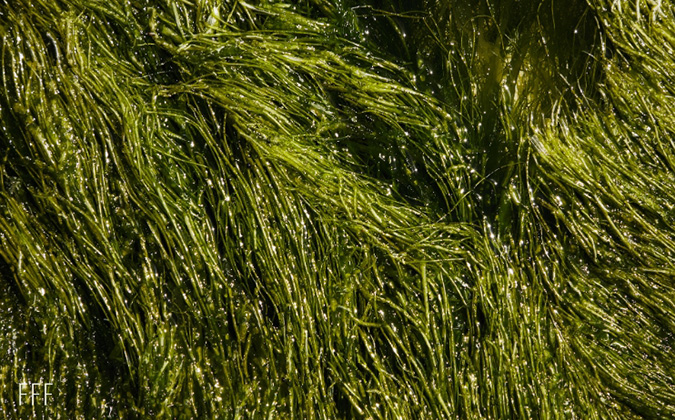
RAS water exchange rates could affect Nile tilapia welfare
Recirculating aquaculture systems (RAS) are often viewed as viable options for culture of certain fish species in the face of growing environmental regulations for sustainable aquaculture practices.
New work from researchers at the Kwame Nkrumah University of Science & Technology in Ghana suggests that moderately high levels of water exchange in RAS provide the best conditions for fish welfare when farming Nile tilapia (Oreochromis niloticus).
Growth under scrutiny
Despite what the scientists described as “the unique tolerance of the species to sub-optimal water quality,” the study tested the hypothesis that varying water flow rate over defined incremental levels will significantly affect Nile tilapia growth, with low water-exchange regimes expected to hamper fish development.
The researchers examined the effects of different water flow rates on digestion efficiency, growth and welfare of juvenile Nile tilapia.
For the experiment, 15 fish were randomly stocked into 12 150-liter thermoplastic RAS tanks and subjected in quadruplicate groups to water flow rates of 50 liters per hour (low exchange), 100 liters per hour (medium exchange) and 150 liters per hour (high exchange) for 72 days.
Water quality parameters including total ammonia nitrogen, nitrate and alkalinity, dry matter, protein and lipid digestibilities, somatic growth and some welfare indicators including hematology and disease prevalence were monitored.
Welfare parameters stand out
Although higher growth and feed utilization were seen under the high-exchange system, there were no significant differences in growth observed among the treatments.
However, higher prevalence of cataract, fin erosion, and oral and dermal lesions was seen in the low- and medium-exchange treatments, indicating compromised welfare. There were no statistical differences among the treatments in terms of nutrient digestibility.
“This study has revealed with enough evidence that varying water flow rates significantly influence some physicochemical parameters of culture water, although the strong innate and adaptive immune response of Nile tilapia renders enough resistance against significant alterations in somatic growth and hematological status,” the scientists explained.
“It is, however, possible that under prolonged culture periods beyond the trial duration, fish growth might be significantly impaired in the low water flow rate treatment.”
Culturing Nile tilapia under moderately high water flow rates of at least 100% tank water replacement per hour in RAS should ensure good fish welfare, they concluded.
To read the full article in Aquaculture Studies, click here.
Posted on: March 14, 2022






